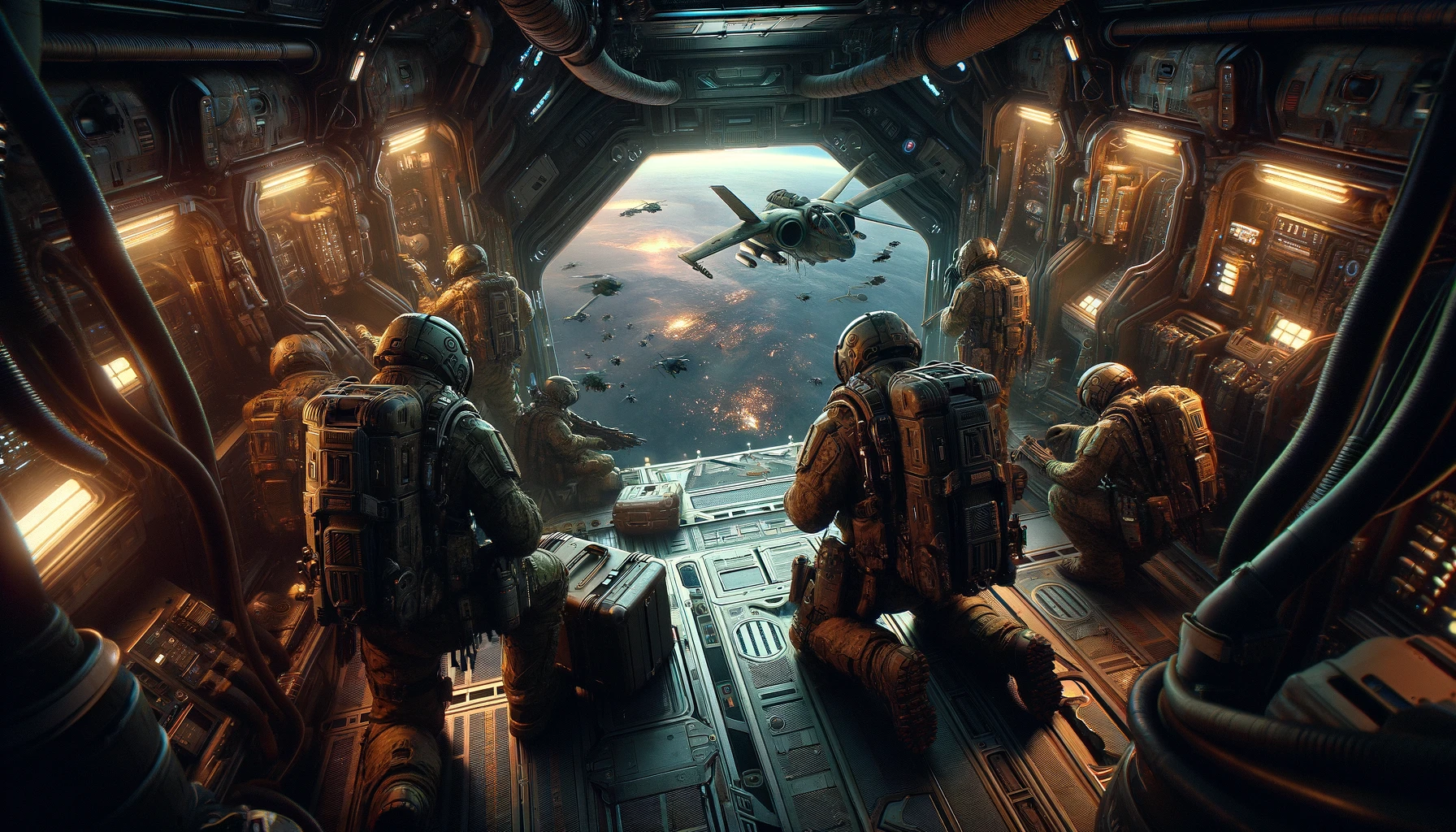In the realm of gaming, the momentum of a well-crafted galactic war can draw players into an intense, prolonged engagement. Helldivers 2, developed by Arrowhead Game Studios, encapsulates this phenomenon with its dynamic battle scenarios and compelling player-driven narratives. This sci-fi shooter game has recently introduced major orders involving massive eradication of enemy forces, requiring players to eliminate billions of in-game adversaries. This creates a potent mix of challenge and engagement, ensuring players are hooked but also exposing them to potential fatigue from repetitive gameplay dynamics.
Helldivers 2 requires players to focus primarily on battling automatons, with missions spread out across various galaxies. The design of these missions often leads to a feeling of monotony, as the game pushes players to continually engage with similar enemy types without significant variation. This has sparked discussions in the game’s community, with some players expressing dissatisfaction regarding the apparent repetitiveness and lack of tangible rewards after completing major challenges. These sentiments highlight a critical aspect of game design where maintaining player interest necessitates a balance between challenge and reward.
Community Response and Game Dynamics
The community’s reaction to the repetitive nature of missions in Helldivers 2 has been mixed. Vocal players on platforms like Reddit have highlighted the lack of diversity in enemy types and mission objectives, which they feel undermines the game’s otherwise engaging narrative. The sentiment is that while the game succeeds in creating a compelling galactic war, it fails to diversify the challenges sufficiently, leading to a wearisome gaming experience for some. This underscores a crucial challenge faced by game developers: keeping the content fresh and engaging over extended periods to prevent player burnout.
Comparative Insights from Similar Games
Looking at other games, such as the information from Digital Trends in their article “The Persistent World of Online Gaming” and GameSpot’s “Challenges in Game Sequel Development”, it is evident that maintaining player engagement in sequels or continuous game modes involves intricate balancing. Both articles discuss how games need to innovate continuously to keep the player base active and interested. They emphasize the importance of introducing new elements and challenges that go beyond the core gameplay mechanics to sustain player interest and prevent the gameplay from becoming stale.
Scientific Perspective on Gaming Engagement
A study published in the Journal of Gaming and Virtual Worlds, titled “Engagement Dynamics in Digital Gaming”, sheds light on how repetitive game mechanics can affect player engagement negatively. The paper argues that while repetition can lead to mastery, it often crosses into monotony, which can significantly dampen the gaming experience. This is particularly poignant for games like Helldivers 2, where the high frequency of similar missions can lead to disengagement unless properly managed with narrative depth and varied gameplay.
Practical Takeaways for Players
- Engage with varied mission types to avoid gameplay fatigue.
- Participate in community discussions to influence future game updates.
- Take regular breaks to maintain a fresh perspective and enjoyment.
In conclusion, Helldivers 2 offers an intriguing look at how continuous narratives within games can captivate or exhaust players. The challenge for developers lies in crafting experiences that retain their novelty and excitement over time. For players, the key to enjoying such expansive games lies in diversifying their gameplay experience and engaging with the community to influence positive changes. As the gaming industry continues to evolve, understanding these dynamics will be crucial for both developers and players alike.










